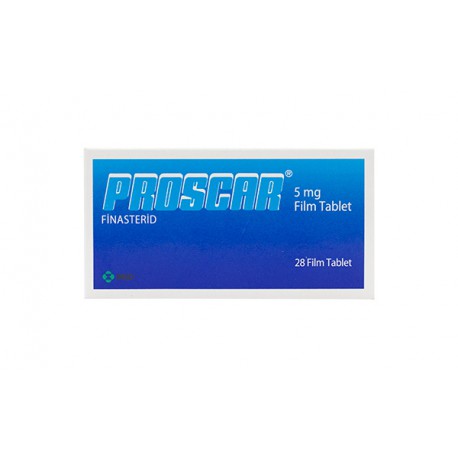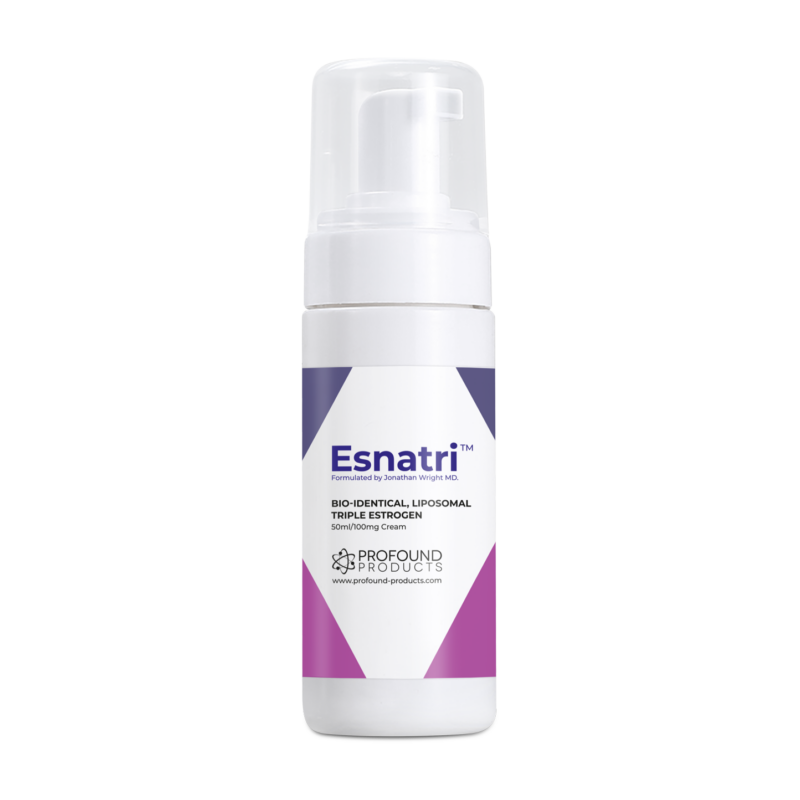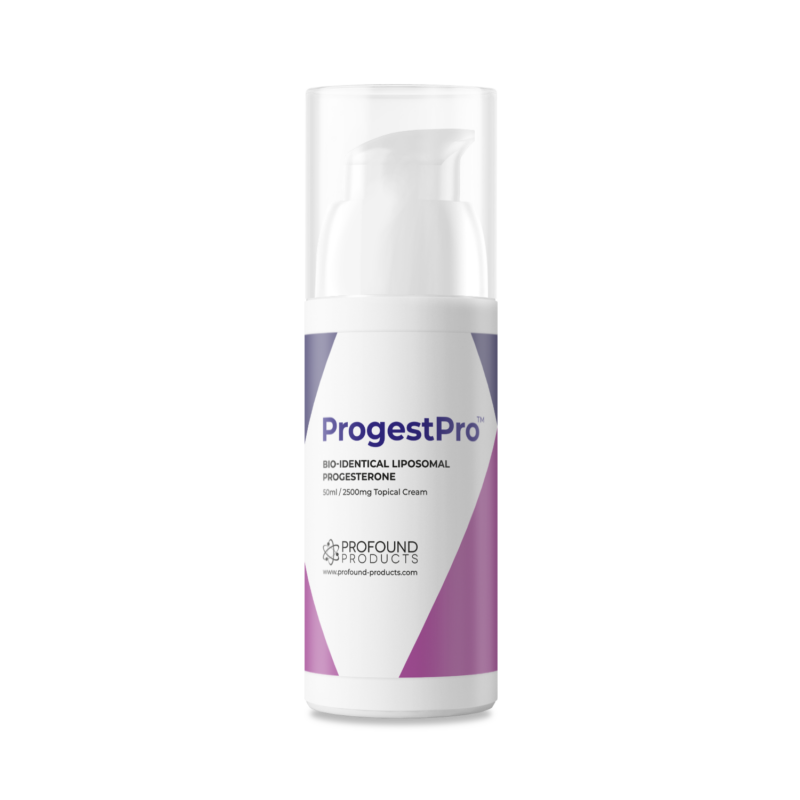Avoiding Uterine, Breast, and Prostate Cancers the Smart Way
I arrived at a physician colleague’s office early in the morning, bursting with excitement to tell him the latest findings on cancers which were still unknown to the media. I summarized recent research about excessive cell growth and the accompanying uterine, breast, and prostate cancers.
My colleague was in no mood for excitement early in the morning. He hadn’t had his morning cup of java, so he demanded that I stop. When my new information finally did sink in, he dismissed it, saying that few people want to know their potential for cancer. “It is just as well they don’t want to know”, he mused; “Because there are 6.4 billion people on a planet that can only support two to three billion long term. Those who deny advances in anti-aging medicine must die off quickly to reduce the world’s population to a more sustainable two to three billion.” I reluctantly agreed and left his office in a sullen mood.
I consoled myself with an ocean swim, accompanied by my two terriers, Maggie and Algot. My refreshing swim renewed my resolve to explain this discovery to those who cared about their health and longevity.
My story begins with a 2004 JAMA article, written by prominent doctors from the Karolinska Institute in Sweden.¹ Much to the consternation of many drug companies, this revolutionary article revealed that long-term use of drugs such as finasteridea would prevent non-aggressive prostate cancers but increase the incidence of truly aggressive cancers. I reflected that several famous people whom I personally knew had died during the last ten years as a result of poor cancer diagnosis and treatment. Foremost of these people was the actor and author Garner McKay, of ‘Toyer’ fame, who was also the lead in ‘Adventures in Paradise’ during the 1960s. I mourn Garner to this day. I wondered if I could save millions people from cancer much like I helped millions of people stop smoking when I invented the nicotine patch during the 1980s. If only an enlightened few would listen to me.
New blood test that detects the likelihood of cancer
Ingesting finasteride or high doses of saw palmetto does resolve urinary symptoms short term. Long-term ingestion, on the other hand, significantly depresses the anticancer hormone, 5-alpha androstane-3a, 17b diol (abbreviated as 3 beta-Adiol), which leads to an increased risk of aggressive cancers. This anticancer hormone naturally activates anti-cancer estrogen BETA receptor sites abundant in the prostate gland, uterus, and perhaps the breast.¹ These sites effectively block differentiation of prostate and uterine tissues, which means that the sensitive cells of these glands do not grow excessively and cancer is avoided. Doctors Jonathan Wright and Dawn Huo, of the Tahoma clinic, Washington State, developed a simple blood test for detecting the all important BETA receptor site activator. Blood can be drawn from any local blood-drawing station and a sample mailed to Meridian Valley Laboratory. Within a few weeks, Meridian will send a report showing the status of BETA and recommending possible remedies if cancer is probable.
Blocking excessive cell growth in breasts, uterus and prostate
In recent decades, in North America, people have acquired diets containing too many sugars, grains, energy bars and drinks and cereals, prompting the continuing proliferation of coffee houses in the United States and donut shops in Canada. These unfortunate, escalating habits of modern living reduce the body’s own production of hormones, especially progesterone. Fifty years ago, people in North America consumed higher levels of protein and saturated fats that were converted into important and beneficial hormones, such as estradiol, testosterone, and progesterone. Because of the dramatic changes in dietary habits, many today must use externally applied creams containing estradiol such as Esnatri™ cream.
Without these vital hormones, health becomes impaired, leading to a poorer quality of life. I have determined that progesterone in particular is the foremost hormone critical to blocking excessive cell growth, especially in the breasts and genital areas in both sexes. For example, the female body typically produces 20 to 40 milligrams of progesterone per day, which blunts unwanted, excessive cell growth caused by the female hormone estradiol. Without sufficient dietary protein and saturated fats—often blocked by the modern American diet — women do not produce the essential 20 to 40 milligrams per day of progesterone. This shortage eventually leads to multiple signs of deficiency (summarized below).The worst signs are often swelling, nervousness, and the possible cancer-promoting effects from excessive estrogens.
As you may have guessed, my favorite method of blocking excessive cell growth (differentiation) in the glands of both genders involves the liberal use of natural progesterone USP cream. According to Europe’s foremost endocrinologist, Dr. Thierry Hertoghe, “a progesterone deficiency . . . will frequently cause benign tumor formation in genital areas . . . such as breast fibrocysts, ovarian cysts, uterine fibroids.” Typical signs of progesterone deficiency are red and swollen face and skin, enlarged breasts (called ‘gyno’ in men), swollen and painful breasts, a distended abdomen, a painful abdomen upon palpation, increased abdominal fat, fibroids, swollen feet and ankles, and endometrial hyperplasia (in men, benign prostatic hyperplasia [BPH], or swollen prostate gland). Typical physical complaints are muscle and nervous tension (especially in the shoulders**), irritability, aggressiveness (PMS), anxiety and anger resulting in outbursts of panic or rage, increased sensitivity and the expression of pain, insomnia with excessive nervous tension and anxiety, premenstrual abdominal bloating, excessive menstruation, and deep pain during intercourse.² Men may show signs of difficult urination due to an enlarged prostate gland that partially shuts down urine flow. These men should use 35 to 75 milligrams of natural progesterone USP cream at bedtime, perianally (rubbing the anus with the cream). (Please see my book, Stay 40³ for further details.) Male symptoms usually resolve themselves in three weeks due to the proximity of the anus to the prostate gland.
Natural progesterone is number one on my list of remedies. Other alternative favorites include low-doses of saw palmetto or dutasteride, moderate doses of estriol, zinc, gamma-linolenic acid, or 2-methoxy estradiol. These remedies are gentler than finasteride (Proscar®), which is advocated by conventional medicine. A gentler regimen also prevents side effects like erectile dysfunction (impotence) and flagging libido.
The last remedy, 2-methoxy estradiol, is especially useful in women, and I have ingested it myself for years. It helps maintain a balanced 2:16 ratio (2 hydroxy estradiol: 16 alpha hydroxy estradiol) that reflects the possibility of cancer in women and perhaps in men.
Case study
My patient, Maria N., arrived several times at my office with excruciating shoulder pain. Upon palpation, I confirmed that her upper back muscles were tight and stretched like guitar strings. Maria said she led a stressful life as a district nurse with a heavy patient load. My first remedy employed a roll-on DMSO (dimethyl sulfoxide) lotion. This offered some relief, except for the side effect of garlic breath. Eventually, she became fully satisfied with 30 milligrams of natural progesterone USP applied daily to her shoulders and neck during the second half of her menstrual cycle. She further benefited from progesterone treatment by becoming calmer and less irritated during stressful moments at work and in social situations.
The developing fetus has the same cancer-sensitive cells regardless of gender
Interestingly, a developing fetus has the same cancer-sensitive cells in its sex organs, regardless of whether it develops into a male or female. Thus, I have observed that all of the above remedies have value for both sexes. Progesterone eliminates swelling and nervousness both in women and men, especially when using bio-identical natural progesterone USP. Also interesting is a large-scale French study that showed a significant decrease in breast cancer risk. Women should only use progesterone from days 16 to 28 (the second half) of their menstrual cycles- severe menstrual cramps and bleeding warrant doubling the dose. This progesterone cream is ideal for direct application to both breasts and the prostate, while 100 milligram suppositories are ideal for uterine problems such as excessive menstrual bleeding.
Conclusions
Despite the outdated methods of conventional medicine, significant advances have been made in monitoring potential cell growth and breast, uterus, and prostate cancers. Let us join the twenty-first century and engage in up-to-date monitoring methods. Liberally use natural progesterone USP cream to avoid unwanted cell growth and the possible increased incidence of cancers.
————————————————————————————————————————————–
*’USP’ means pharmaceutical-grade progesterone.
** Massage and chiropractic industries have acquired a large clientele who have shoulder muscle aches and pains that are readily remedied by daily application of natural progesterone USP.
————————————————————————————————————————————–
References
- Imamov I et al., 2004, Estrogen Receptor β in Prostate Cancer. N Engl. J Med, 351: p2773-2774.
- Hertoghe, T., 2010, The Hormone Handbook. 2nd ed. International Medical Books 833 p.
- Lippman, R., 2009, Stay 40. Denver (CO): Outskirts Press Inc.


